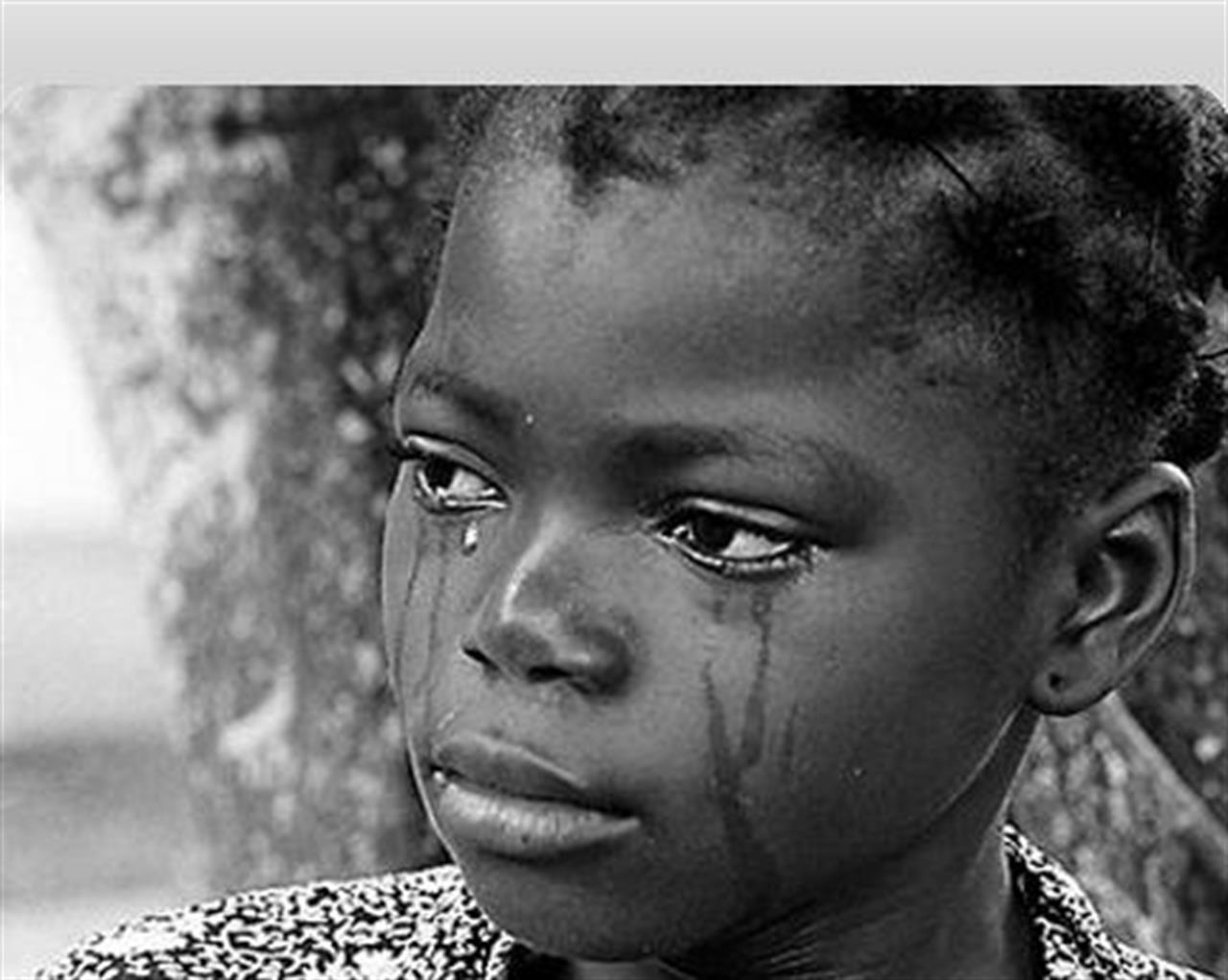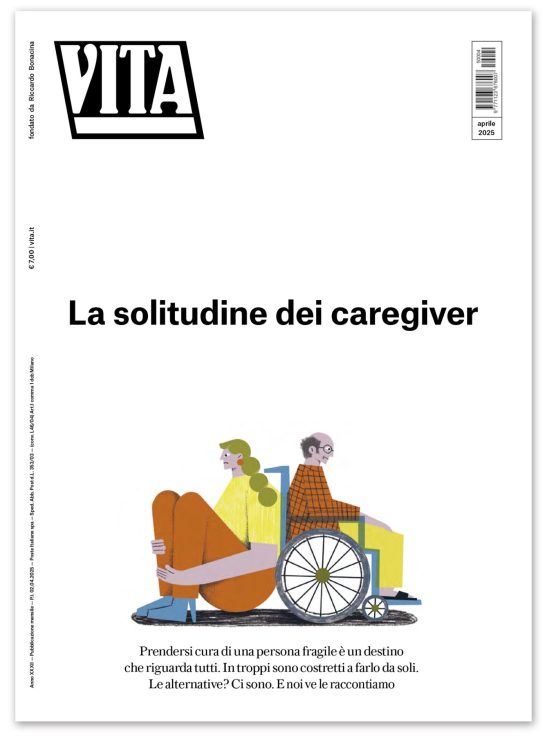Mondo
Child trafficking unacceptable
The World Cup could be stimulating the economy for the trafficking of children as young as eight years old.
di Staff

By Sara de Carli
Enough. The same scene has been repeating its self for the past year. The border rather than acting like a tight net turns into a colander. Everyday five, six, seven children at a time make their way across the border into South Africa. At best the border limits the numbers of illegal immigrants entering South Africa.
By now we are talking about 350 to 400 children from Mozambique, Zimbabwe or Namibia who cross into South Africa every day.
They are attracted by the hope of sharing in the wealth that the World Cup represents; 2.7 million spectators are expected.
Border guards look the other way. Corruption is not the only culprit, South Africa doesn’t have any laws to prevent human trafficking and trading: they aren’t even considered a crime.
“Our first objective is to insure that the World Cup leads to the creation of a legislation that puts a stop to human trafficking and the sexual exploitation of women and youth,” says Raffaele K. Salinari, the President of Terre des hommes. The organisation has launched in partnership with the organisation ECPAT the campaign “South Africa 2010: Everyone against the trafficking of children.” Together with Cardinal Napier and his nuns everyone is working together to insure that “President Zuma keeps all of his promises.”
All football World Cups have instigated a sharp rise in the trafficking of women and minors. The rise is directly linked to an increase in the demand for sexual services. When the World Cup was held in Berlin ten cases of human trafficking were reported.
In South Africa the numbers of victims are expected to be even higher. “We imagine that this could affect tens of thousands of people,” says Salinari.
The average age of the victims is between eight and fourteen. “In this market, the third most lucrative market in the world after the arms and drug trade, this is the age at which they are the most profitable,” he adds.
Old enough to do some illegal hard labour but young enough not to be HIV positive, giving them an added value on the market for sex. A young prostitute is worth more than 60,000 dollars a year,” says Salinari.
“You can understand how for a family living in absolute poverty the opportunity is irresistible,” he says. The numbers confirm that nothing is left to chance in this field.
Behind this flow of people there is a web of criminal organisations who arrange for the transportation of these children and who manage their lives. “What will happen to them after July 12?” Asks Salinari.
“They will probably be abandoned, left to their own devices or sent to the mines. It is not an option for them to return home. Thousands of kids will burn out their lives in the space of a football championship. It’s unacceptable,” he concludes.
17 centesimi al giorno sono troppi?
Poco più di un euro a settimana, un caffè al bar o forse meno. 60 euro l’anno per tutti i contenuti di VITA, gli articoli online senza pubblicità, i magazine, le newsletter, i podcast, le infografiche e i libri digitali. Ma soprattutto per aiutarci a raccontare il sociale con sempre maggiore forza e incisività.
